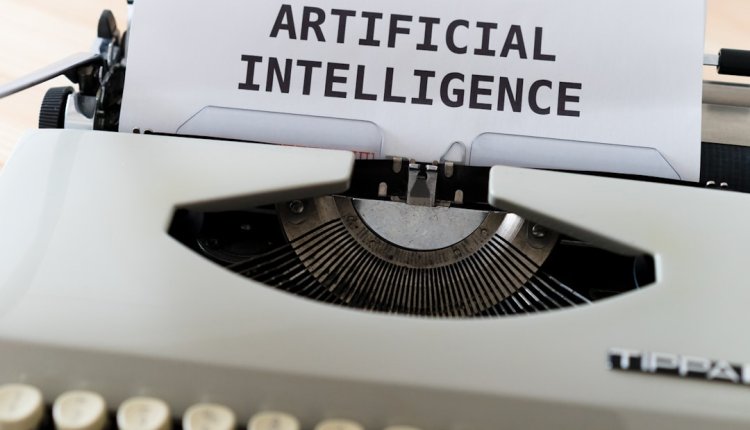What are the best AI tools for optimizing energy consumption?
Reducing energy consumption isn’t just a savvy way to lower costs—it’s also critical in our fight against climate change. As energy demand grows and sustainability becomes more important than ever, companies and individuals alike are turning to artificial intelligence (AI) for smarter energy management. AI-driven solutions can analyze mountains of data, predict usage patterns, detect inefficiencies, and ultimately optimize how we consume energy. But what are the best AI tools available today for achieving this?
Here’s a look at some of the most innovative and effective AI tools that are helping shape a more energy-efficient future.
1. Google DeepMind – AI Powering Data Centers
Google’s DeepMind, a leader in advanced AI research, has taken energy optimization to a whole new level. This tool was famously used to reduce energy usage in Google’s data centers by up to 40%. How? DeepMind used machine learning algorithms to monitor thousands of variables and then recommended precise adjustments to cooling systems and server loads.
This system works by predicting future temperatures, computing workloads, and energy usage patterns in real time. By automating these processes, DeepMind makes significant energy savings not only possible but effortless.

2. IBM Watson – Smarter Energy with Predictive Maintenance
IBM Watson has found a strong foothold in the energy sector through its powerful data analytics and cognitive computing capabilities. By integrating IoT sensors and Watson’s AI, facility managers can track equipment performance and predict failures before they happen.
This predictive maintenance not only reduces energy waste due to inefficient machines but also cuts down on downtime and extends the lifespan of equipment. IBM’s suite enables entire buildings or campuses to become intelligent ecosystems where energy is used wisely and sustainably.
3. Bidgely – AI-Powered Home Energy Monitoring
For residential and utility-scale applications, Bidgely offers an AI-powered platform that delivers energy insights at the appliance level. By analyzing energy consumption patterns, the system identifies how much energy is being used by HVAC systems, refrigerators, washers, and more—without the need for extra hardware.
This disaggregation process helps homeowners make smarter energy decisions and allows utilities to design personalized energy-saving programs. For example, it can suggest the best time to run energy-intensive devices or highlight inefficiencies in older appliances.
4. AutoGrid – Real-Time Grid Management
AutoGrid is gaining popularity for its role in helping utilities and energy providers manage the electric grid in real time. Through its Energy Internet Platform, it uses AI to optimize and forecast energy demand, detect fluctuations, and automatically adjust loads across the grid.
This ensures efficient distribution of electricity, reduces the need for costly peaker plants, and supports the integration of renewable energy sources like wind and solar. AutoGrid is already deployed in over 15 countries, proving its adaptability and effectiveness.

5. Schneider Electric EcoStruxure – Industrial Energy Optimization
Industrial facilities stand to save immense amounts of energy through smart optimizations. EcoStruxure, Schneider Electric’s intelligent energy platform, integrates AI with IoT to streamline power distribution and equipment control in industrial and commercial environments.
The system performs continuous diagnostics and auto-adjustments based on real-time data. It even considers external factors such as weather conditions or occupancy rates. This enables businesses to dynamically scale their energy consumption to meet operational needs without waste.
6. GridEdge AI – Smarter Building Energy Management
GridEdge offers AI-driven software aimed primarily at commercial buildings, helping them use energy more efficiently. Its system predicts future energy demand using occupancy data, weather forecasts, and historical usage to minimize energy spikes and tap into more sustainable consumption habits.
By enabling buildings to “think ahead,” GridEdge reduces peak load charges and lowers carbon emissions, aligning both economic and environmental benefits.
Conclusion: A Smarter Future With AI
Energy optimization is fast becoming an AI-powered revolution. The tools mentioned above are just a glimpse of what’s possible when intelligent systems meet responsible energy management. Whether you’re running a global data center, managing a utility grid, or simply trying to lower your electricity bill at home, there’s an AI-driven solution ready to help.
As AI continues to evolve, so too will our ability to use energy more wisely—benefiting not just our wallets, but the planet too.


Comments are closed, but trackbacks and pingbacks are open.